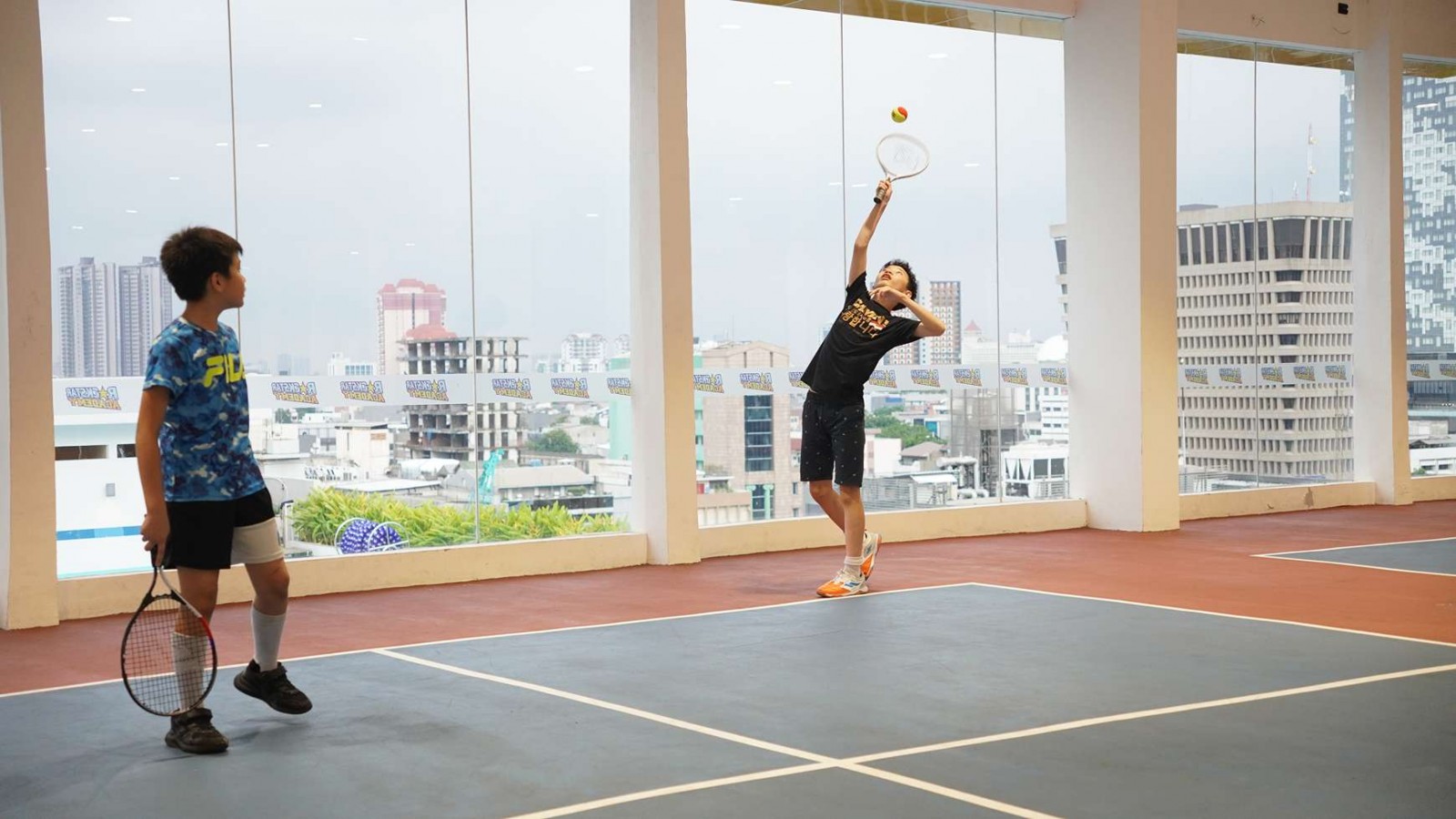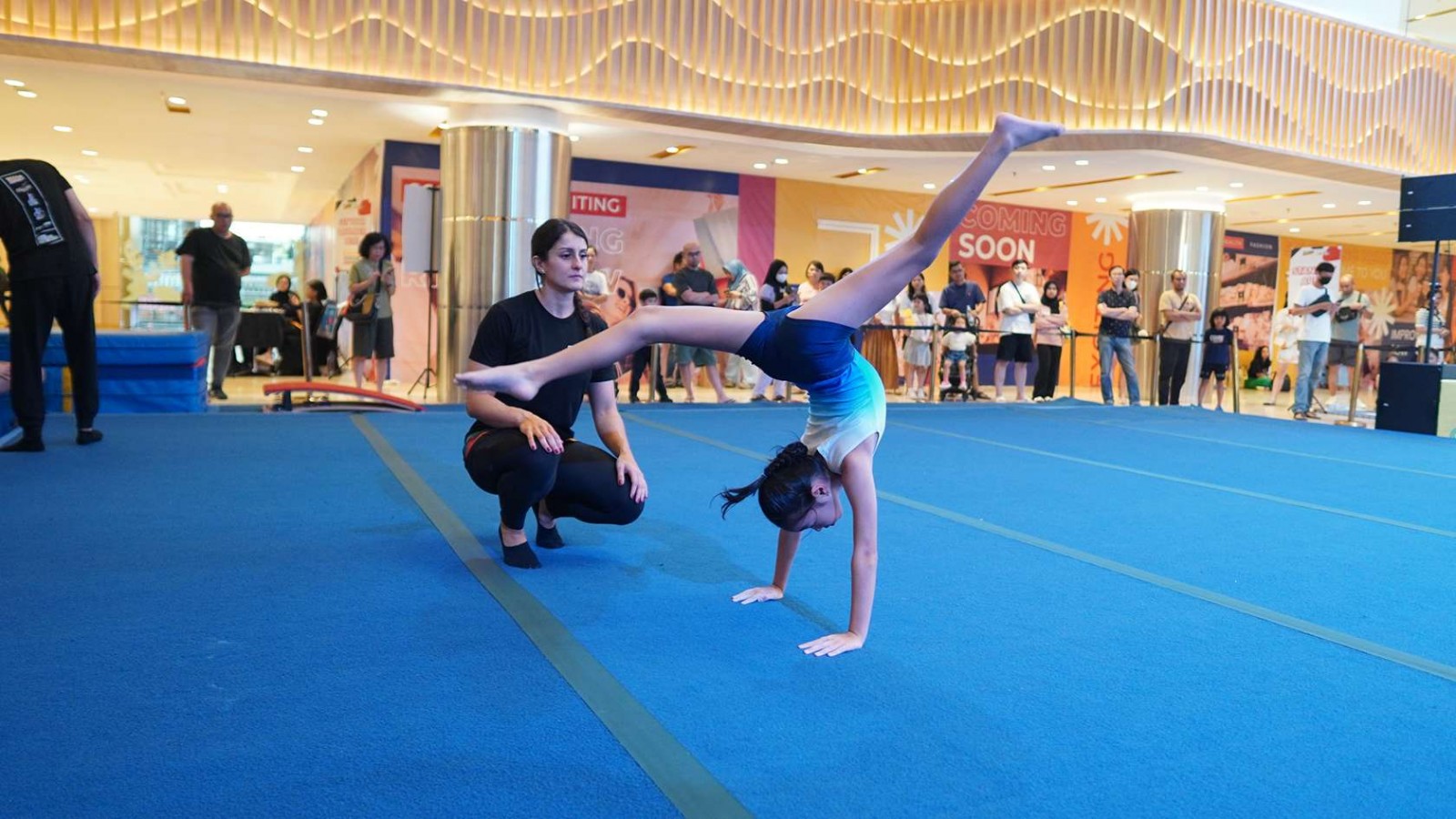Double Tennis Strategy: Positioning, Formation, and More

In tennis, doubles play is just as important as singles, but with a unique twist! While singles focuses on individual skills, doubles relies on teamwork and coordination. Finding the right partner is key, but even more important is knowing how to communicate and position yourselves to cover the court effectively.
This time, we’ll dive into the essentials of doubles tennis strategy, from common formations to serve and return tactics that will take your doubles game to the next level. Ready to partner up and dominate the court? Let’s get started!
Basic Double Tennis Strategy
In doubles tennis, each team aims to control the net, dictate the pace, and force opponents into making errors. Here are the foundational strategies:
1. Control the Net
Net play is crucial because it allows players to intercept volleys and close off angles. Strong net positioning helps teams dominate the pace and direct the game flow.
2. Place Shots Intelligently
Instead of sheer power, doubles play rewards precision and tactical placement. Aim shots at the middle to limit opponents’ angles and create confusion between them.
3. Communicate Consistently
Constant communication between partners is vital to maintain proper court coverage, avoid overlap, and decide who takes which shot. Simple cues or hand signals can go a long way.
4. Aim Opponents Feet
When a net player receives a volley, the ideal strategy is to target the opposing net player’s feet. Low volleys are tougher to return than high ones, and being closer to the net allows for aiming lower and with more force. This approach often forces the opponent to make a defensive, upward shot, creating an opportunity for a decisive follow-up.
5. Anticipate Opponent Movements
Observing opponents’ body language and shot tendencies can help you anticipate shots and position yourself optimally.
6. Find Opponents Weakness
Many players have a weaker groundstroke, often their backhand. Targeting shots away from opponents' forehands can be advantageous, especially during service returns. If all players are right-handed, aiming down the “T” (where the center service line intersects with the baseline) is effective. For a left-handed returner, serving wide to hit their backhand can also be beneficial.
Tennis Doubles Positioning
Effective positioning in doubles helps cover the court and increases the chances of retrieving difficult shots. Here are some standard positioning tips:
A. I-Formation Positioning
In this setup, the serving partner stands close to the net while the server positions directly behind. This arrangement can surprise opponents, especially when you switch sides during play. It’s an effective strategy for masking the return direction and forcing errors.
B. Australian Positioning
Both players start on the same side of the court (usually close to the sideline), aiming to take away opponents’ crosscourt returns. It’s a high-risk strategy that works best with confident net play.
3 Basic Double Tennis Strategy
In doubles tennis, having a solid strategy can make all the difference between winning and losing. There are three key strategies that every doubles team should know: the Return Team Strategy for Doubles, the Doubles Serve Strategy, and the Net Strategy for Doubles.
Here’s what you should know:
1. Return Team Strategy for Doubles
The ability to return the ball is crucial in the double strategy, so players must be able to focus on returning the ball solidly. The key is to return consistently. You can direct the ball to the center of the net strap, this is the lowest point and often players make mistakes. If you are up against a team that is good at the net, keep the return low.
2. Doubles Serve Strategy
In doubles serving strategy, aim to set up easy volleys for your net partner by targeting the opponent's weaker return side. Since most players have a weaker backhand, serving up the T on the deuce side and wide on the ad side is often effective. Focus on directing tennis serves to the backhand rather than aiming for aces, enabling your net player to join the play actively.
3. Net Strategy for Doubles
Mastering net play is crucial for effective doubles strategy. Important tactics include staying low for quick movement, positioning close to the net to limit opponents' options, and maintaining awareness of lobs.
Good communication on poaching can disrupt opponents' rhythm and create scoring opportunities, while mastering the lob volley allows players to counter aggressive net opponents, improving net control and reducing errors.
Try This Strategy With Your Partner!
With enough practice and consistency, you can play your way up to tennis competitions and truly experience the excitement of the game! You don't have to wait until you're a pro, just jump into tennis competitions and feel the thrill of the court.
Consider joining Rockstar Academy’s tennis classes, where we offer a variety of programs within our Sports & Performing Arts Academy. With top-notch facilities and experienced instructors, we’re here to help you reach your full potential.
At Rockstar, it's not just about training but kids also have the chance to participate in exciting annual events and competitions such as RockOlympics, showcasing their talent and boosting their confidence.
Plus, you can sign up for a free trial class to experience the fun and energy of the class firsthand before committing. Ready to step up your game? Let’s get started!
FAQ
What’s the best doubles strategy for beginners?
Beginners often do well with a one-up, one-back formation. It provides a mix of net control and baseline coverage, allowing each player to focus on either net or baseline skills. Consistent communication and focusing on controlled shots, rather than powerful hits, also help.
How can I improve communication with my partner?
Use clear, simple cues or hand signals to convey positioning or shot intentions. Practice communicating during friendly games, and discuss specific terms or phrases for different situations to streamline in-game communication.
Is it better to have both players up or back?
It depends on the team’s strengths and the opponents’ style. Both-up formation is aggressive and works well if both partners have strong volleys, while both-back is safer and offers defensive coverage against lobs and fast volleys.



